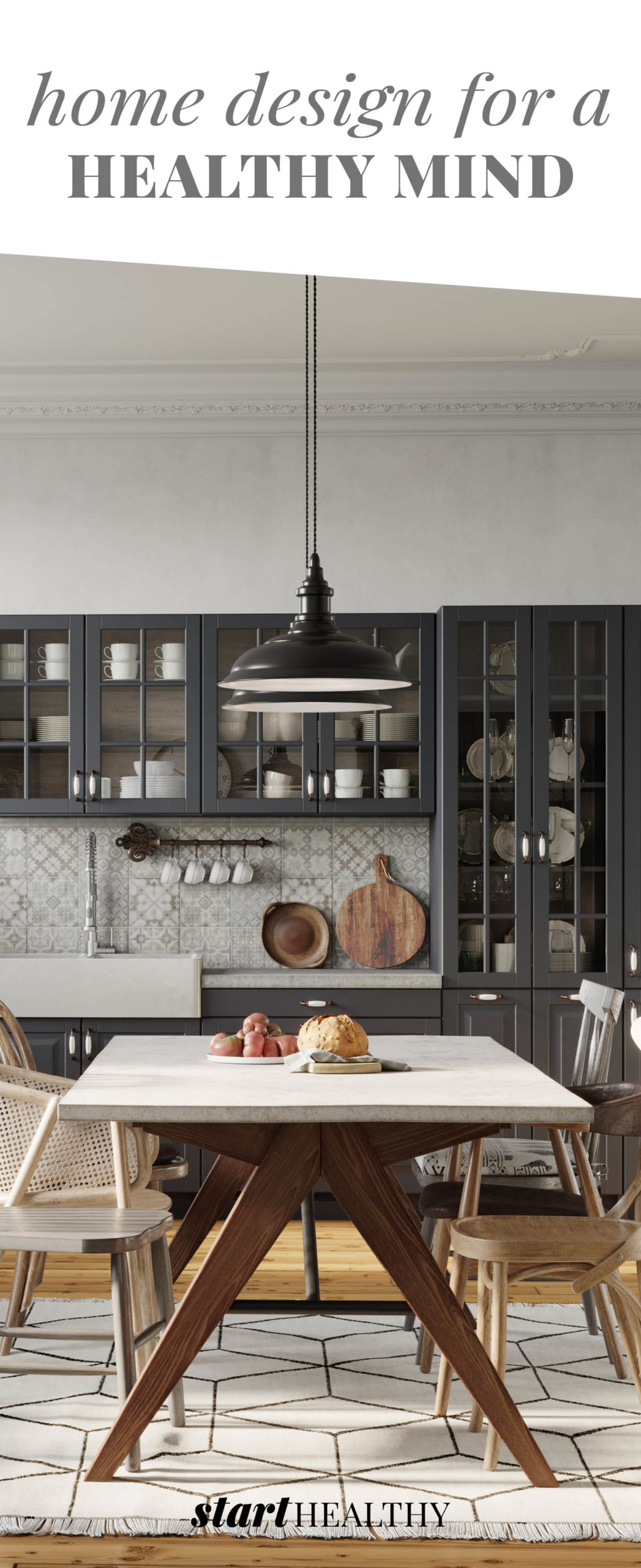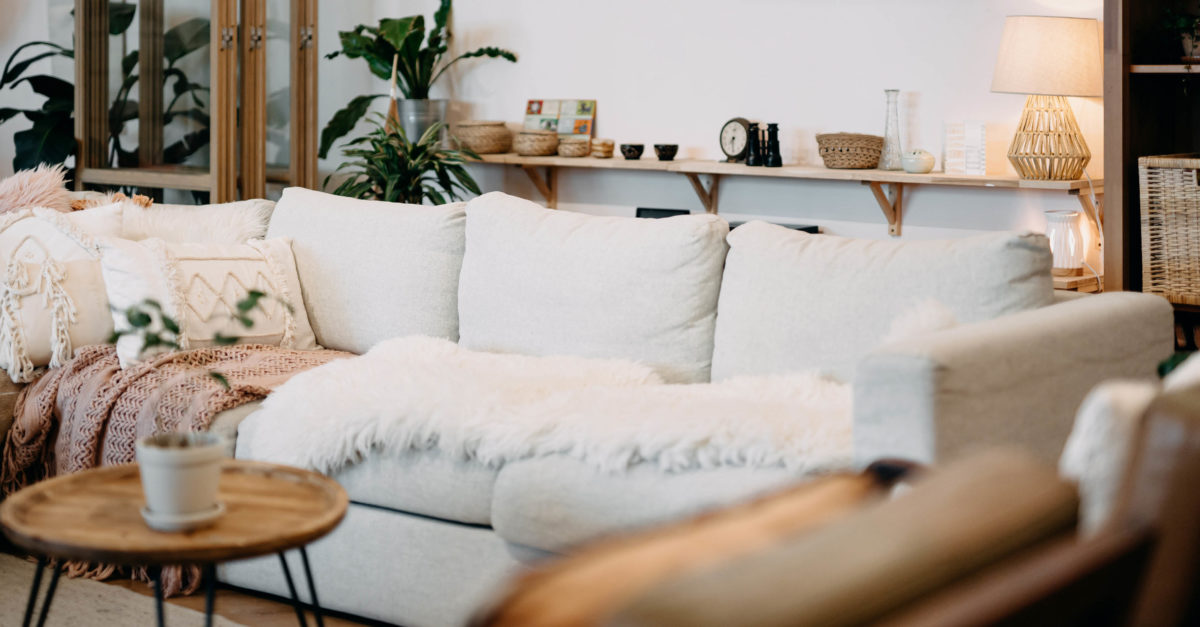Home Design for a Healthy Mind
Just as every person is unique, every home is too. Your home functions both as your physical shelter and an escape for your mind, and emerging mind-body research shows that the relationship between environment and health is strong.
Read on to find out why your environment influences your mental and physical health and the ways you can improve your space considering this knowledge.
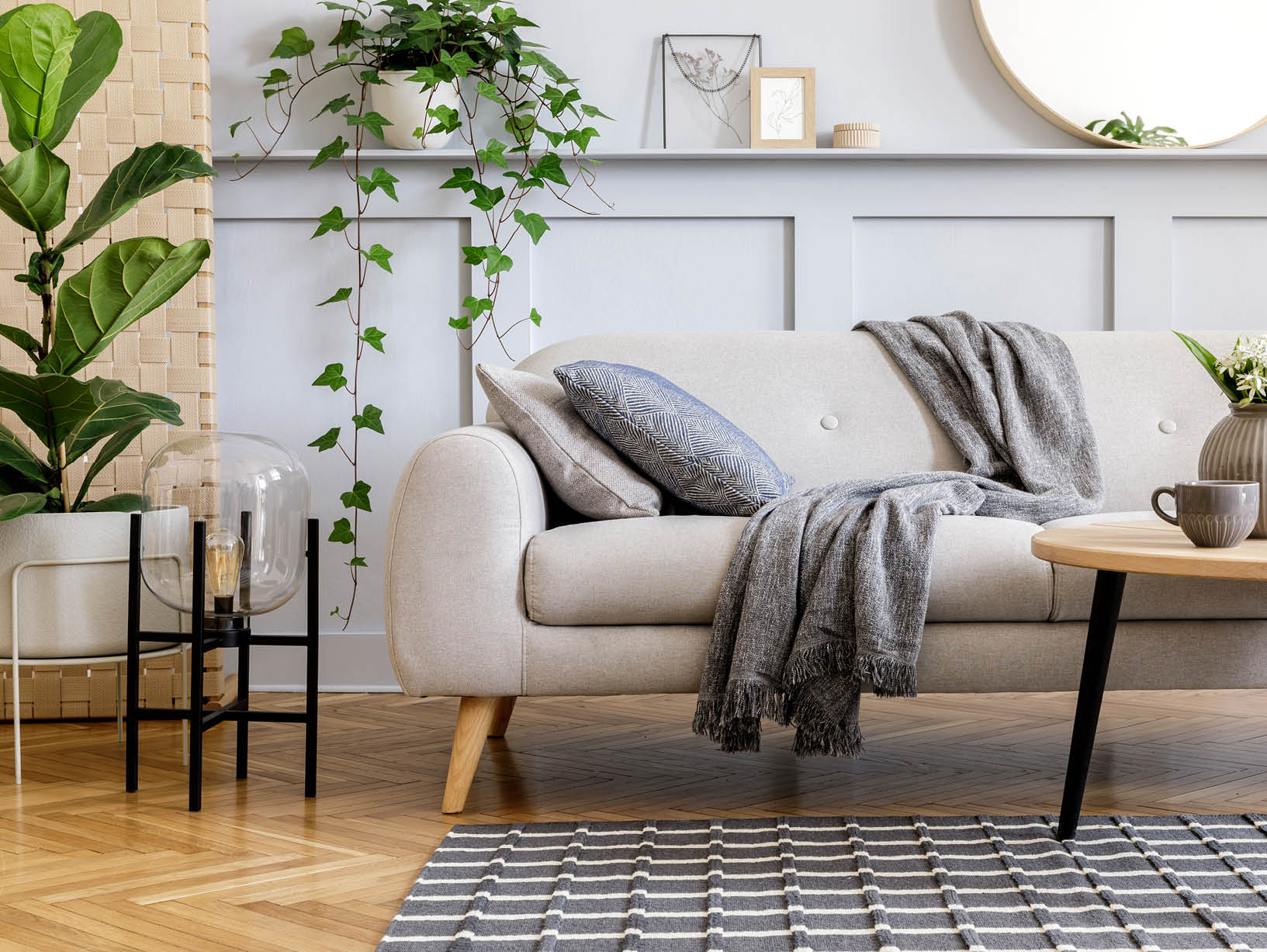
Furniture
The psychology
It’s normal to want to rearrange and change your furniture. As you grow, your space should change with you. Furniture placement and the shapes of the pieces themselves can help or hurt your room’s functionality, and, by extension, your stress levels. You can feel your most productive when your furniture works for you rather than against you. For example, expert feng shui consultant Rodika Tchi advocates that feng shui is the most beneficial type of furniture arrangement for your health: “What feng shui decorating means is that you create an environment that has the best energy to support the specific activity, or activities intended for that space.” Additionally, furniture with a variety of rounded and straight lines is thought to create a pleasing balance for your brain.
Tip: Rearrange
To achieve the best furniture functionality, go for light, easily movable furniture. Play with different arrangements to feel out what functions best for you and can be adapted for various purposes. Try placements you wouldn’t normally consider, such as your bed against a new wall across the room. Additionally, try simple rearranging, such as moving a floor lamp to a different corner of the room.
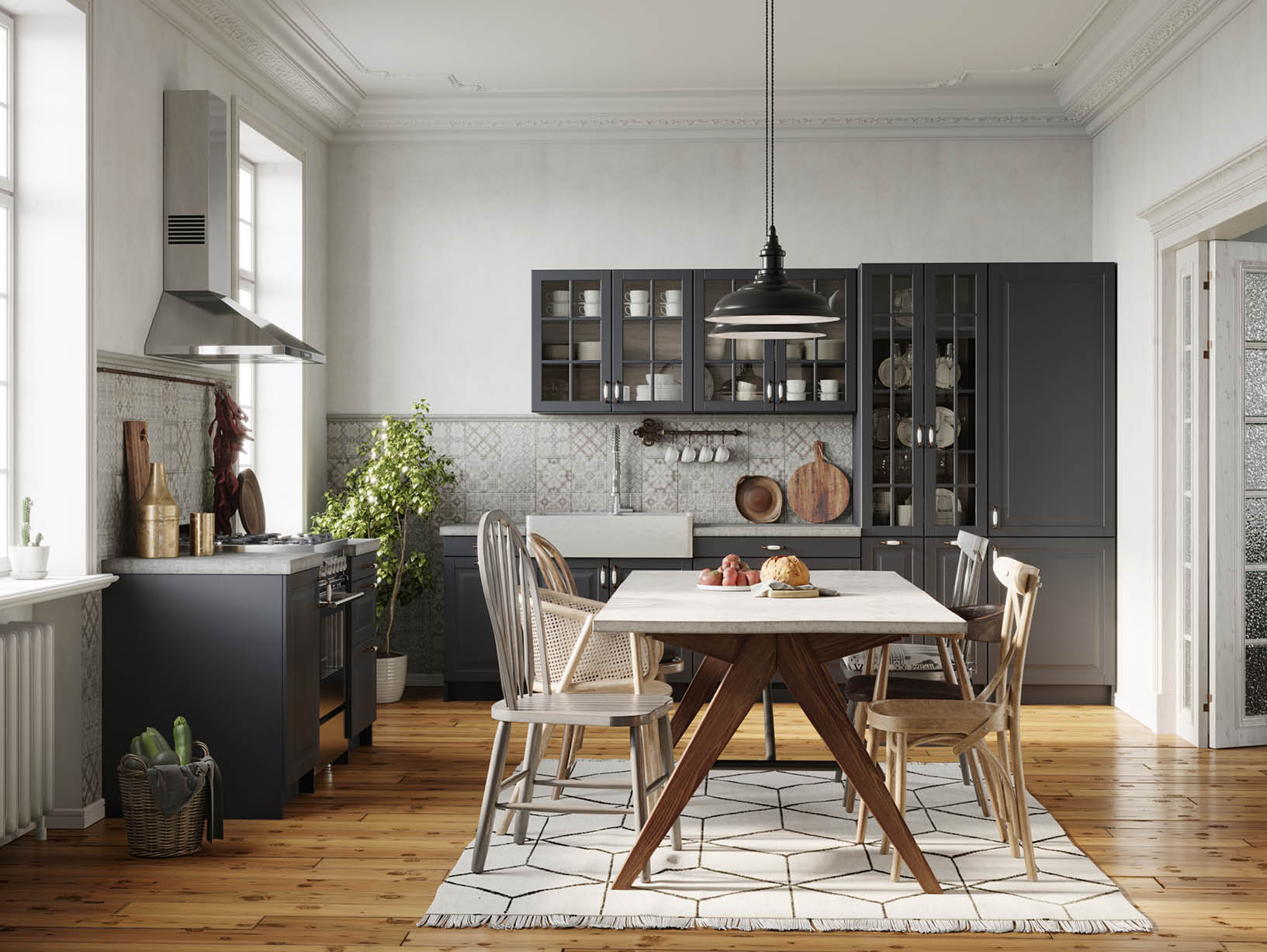
Lighting
The psychology
It’s no secret that lighting can affect your mood. Your body responds differently depending on the type of lighting, such as natural or artificial light. Most people’s best memories are from places like the beach, so it’s easy to feel better when in natural sunlight. Studies show that natural light is not only mood boosting but also used by your body’s internal clock. And when your internal clock is ticking optimally, you’re bound to feel more energized, alert, and satisfied.
Tip: Play with color temperature
Bring in natural light wherever possible, and opt for sheer curtains rather than blackout ones. Open your blinds during the day, and sit near your windows to work. Uniform, natural light is best for working and inspiring creativity. Wherever you don’t have natural light in the evening, choose warmer tones of light, like yellow, red, orange, or a warm purple to aid in relieving symptoms of stress and depression. To achieve this, consider purchasing adhesive wall lights or smart bulbs that change colors.
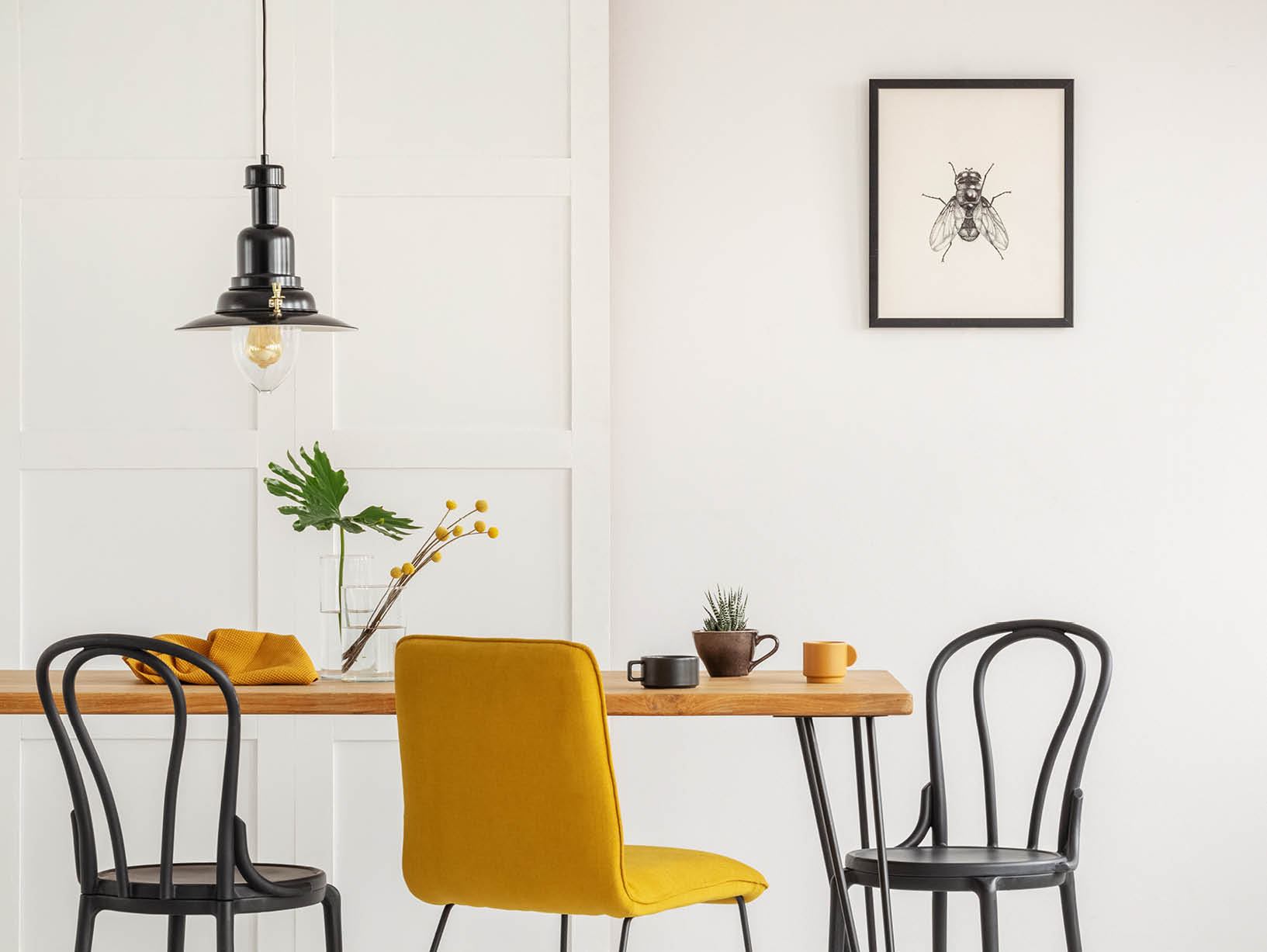
Paint colors
The psychology
Your color choices can also impact bodily functions like your metabolism, so choosing different shades for different areas can promote your healthiest self. When purchasing new furniture or paint, your current mood will likely influence your choice—this is called projecting in psychology. But you don’t want to project the wrong feelings onto your space for months and years into the future.
Tip: Create a color palette for every room
Each area of your home should have a color palette that is in tune with the activities you do in that space. For example, use green in an office to promote creativity. In a dining room, consider red to promote digestion and metabolism. Here are a few other color suggestions for each room:
– Orange/yellow: Evoke optimism and stimulate the lungs and the thyroid gland. Best place: the kitchen.
– Blue: Calming and pain-relieving. Best place: a bathroom.
– Purple: Inspires creativity and stimulates problem-solving. Best place: a child’s bedroom.
– Neutrals: Feel cozy and encourage abstract thinking. Best place: an office.
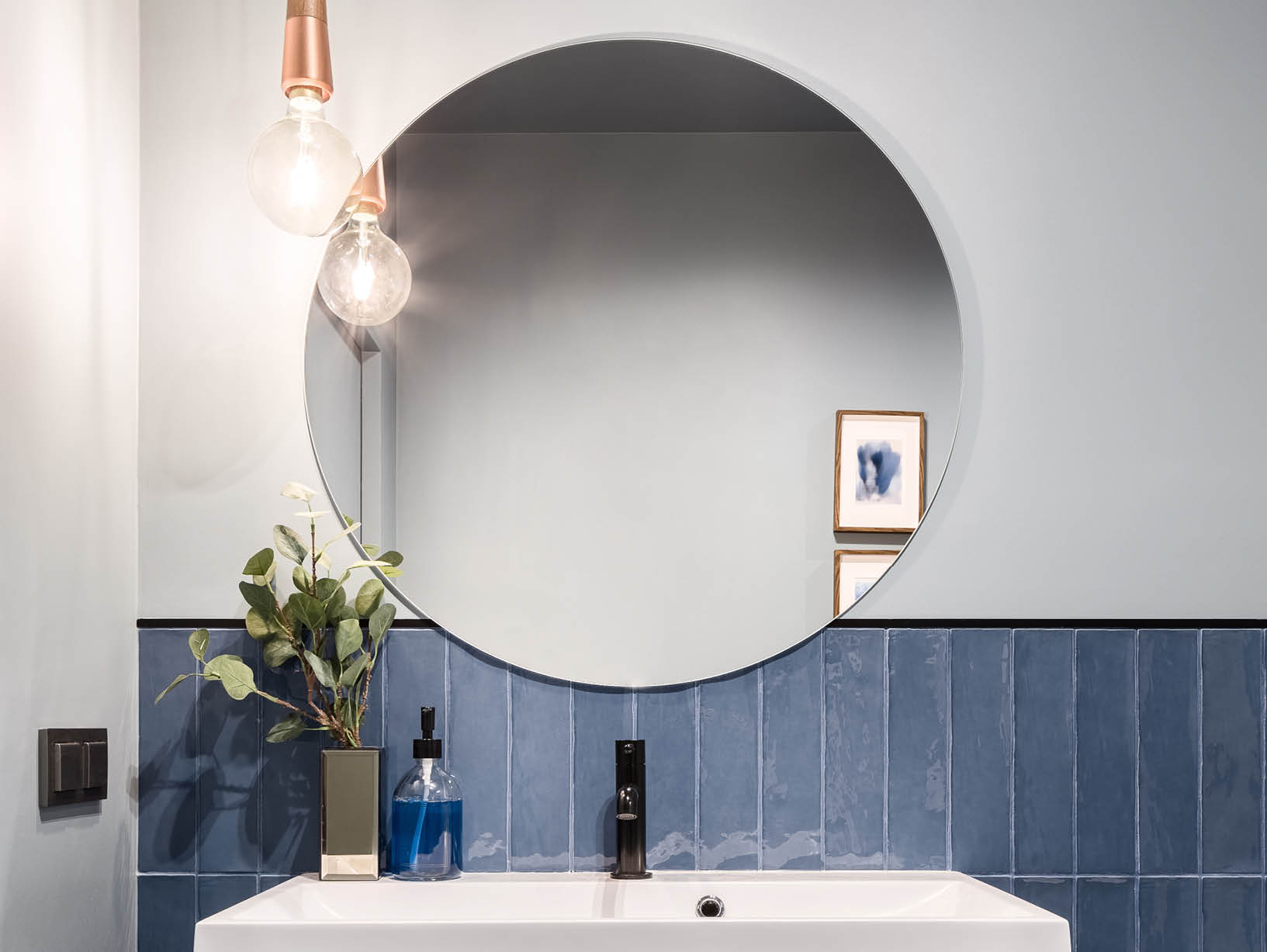
Decor
The psychology
Everyone has a style preference. You may not consider yourself an interior designer, but you’ve likely chosen to incorporate decor somewhere into your home. The decor may seem purely cosmetic and not as necessary as furniture, but it is still key to a healthy design. Touches like photos of loved ones and art of beautiful landscapes can help you feel comfortable and surrounded by positivity. Generic decor, like vases, ties a room together and can be equally as important to include for a visually and mentally satisfying aesthetic.
Tip: Bring in the outdoors
Natural elements like plants, a small fountain, or an aquarium can promote peace and are helpful in places like an office where you might encounter a stressful situation. Visual elements of plants and sounds of water work in harmony to keep you relaxed. Consider placing a few low-maintenance plants, like succulents and ferns, near or on your desk and windowsills.
The mind is complex and beautiful, and, for reasons still being researched, the design of your home’s environment can be impactful both psychologically and physiologically.
